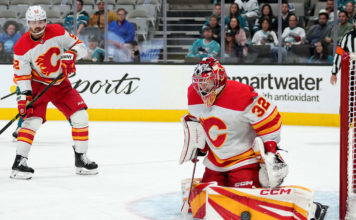May 10 Morning Mercury
Look for the planet Mercury as dawn breaks the next few
mornings. It looks like a fairly bright star, but it’s quite low in
the east, so it’s tough to find. Skywatchers at southern latitudes
have the best chance of spotting it.
May 10 Morning Mercury
Look for the planet Mercury as dawn breaks the next few mornings. It looks like a fairly bright star, but it’s quite low in the east, so it’s tough to find. Skywatchers at southern latitudes have the best chance of spotting it.
May 11 Last-Quarter Moon
The Moon is at last-quarter at 4:04am. The Moon lines up at a right angle to Earth and the Sun, so sunlight illuminates half of the lunar hemisphere facing our way. The lighted fraction will grow smaller every day until May 18, when the Moon is new.
May 12 Comet Watch II
Three planets and a comet line up in the west early this evening. Start with Venus, the “evening star.” Orange Mars and golden Saturn stand to its upper left. Along the same line, a bit more than the distance between Venus and Saturn, you will come to Comet NEAT.
May 13 Morning Mercury
The planet Mercury stands farthest from the Sun tomorrow for its current morning appearance. It looks like a fairly bright star quite low in the east beginning about an hour before sunrise. Binoculars will help locate it.
May 14 Bootes
Not long after sunset, the bright yellow star Arcturus, in the constellation Bootes, stands high in the east. It is one of the brightest stars in the night sky. Bootes also contains a large “void” – a huge volume of space with almost no galaxies.
May 15 The Hunting Dogs
Two hunting dogs – the constellation Canes Venatici –stand high overhead early this evening. The hounds are pursuing Ursa Major, the great bear, to their west. The bear contains the stars of the Big Dipper. The dogs are held in leash by Bootes, the herdsman.
May 16 Moon and Mercury
The planet Mercury lines up near the thin crescent Moon at dawn tomorrow. Mercury looks like a star just to the lower left of the Moon.












